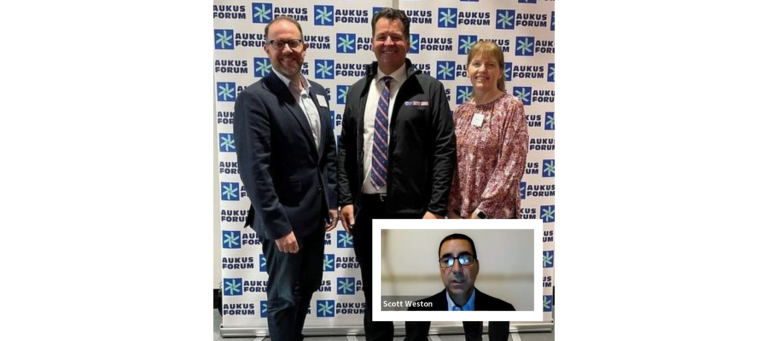Today, November 7, is the 71st anniversary of this infamous engineering failure…
[youtube=http://www.youtube.com/watch?v=IqK2r5bPFTM]
The 1940 Tacoma Narrows Bridge collapse in Washington state (United States) was blamed on “excessive flexibility”. It was more like a combination of going with the lowest bidder, and a watered-down design to meet the lowest quoted price. I know… spoken like a true electrical engineer!
The final design (approved by all parties) was cheaper and lighter than the original design. The redesigned deck was more narrow than engineer Leon Moisseiff’s initial plan. As a result, the bridge was more susceptible to wind. It stood for four short months. In fairness, we will never know how long Moisseiff’s original bridge design would have stood.
The real cause of the collapse was ignorance. In that era, an entire engineering profession failed to recognize the effects of wind on man-made structures. Tacoma Narrows bridge construction workers experienced deck sway from winds as low as 2 mph. Yet construction continued. The wind at the moment of collapse was 42 mph.
Bridges have been standing and falling for centuries, but until this event, failures had been attributed to excessive loads or poor quality of building materials. After the collapse, engineering papers began to showcase the contributing effects of wind on many bridge collapses over the previous century.
We engineers didn’t know what we didn’t know. Former United States Secretary of Defense, Donald Rumsfeld, said there are known knowns (thing we know we know), known unknowns (things we know we don’t know), and unknown unknowns (things we don’t know we don’t know).
Rumsfeld wasn’t talking about engineering, but it applies. I’d like to believe that we are more sophisticated engineers now than in the 1940s. No matter how much we learn, unknown unknowns always exist. It’s up to the engineer to minimize that impact and manage the risks.
A friend of mine took a tour of the Hoover Dam. The tour guide told the group that the dam was finished under budget and ahead of schedule. The guide asked the group, “What does that say about the engineer?” My friend said, “It says he’s a poor planner.”
My friend is also an engineer. Maybe it’s always the engineer’s fault after all. Tacoma Narrows destroyed Moisseiff’s otherwise successful career. If credit is given for success, then blame must accompany failure, even if failure is from an entire community’s ignorance.
Thankfully, no human lives were lost in the Tacoma Narrows bridge collapse. There was the unfortunate loss of Tubby, a cocker spaniel left in a car on the bridge when the driver fled. A rescue attempt was unsuccessful because a terrified Tubby bit one of the well-meaning helpers. He was left in the car in the middle of the swaying bridge. That’s sad, especially given my wife’s passion for animal rescue.
Tubby’s misadventures could be the subject of its own blog post! It’s always the owner’s fault…





